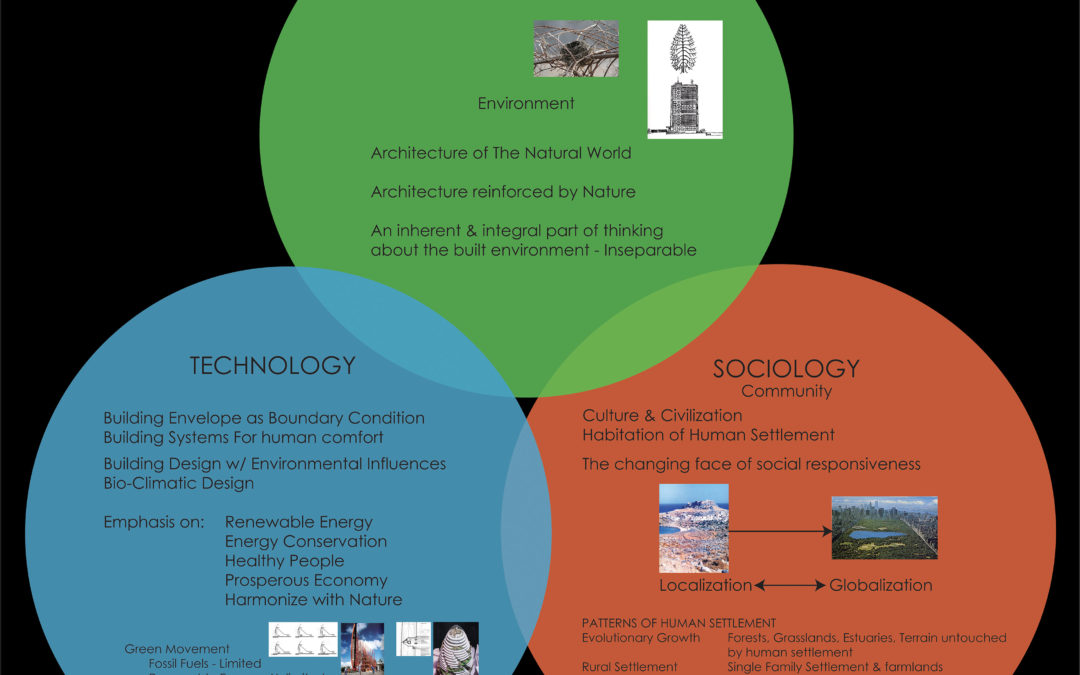
by Anthony Catsimatides | Apr 13, 2020 | Publishings
Although our current state of affairs requires terms such as sustainable, green and environmentally conscious design when it comes to just about everything from kitchen sinks to city planning, it’s really all about post industrial concerns that causes us to evoke a need for categorically establishing such overarching themes that address our own faulty behavior in product and consumer development. Architecture follows suite in establishing considerable new programs both on private and public levels to attempt to address and correct these faults of the human condition. I put this presentation together in 2007 while attending Syracuse University School of Architecture Master’s program. A Brief History of Sustainable Building Design Presentation Follows.
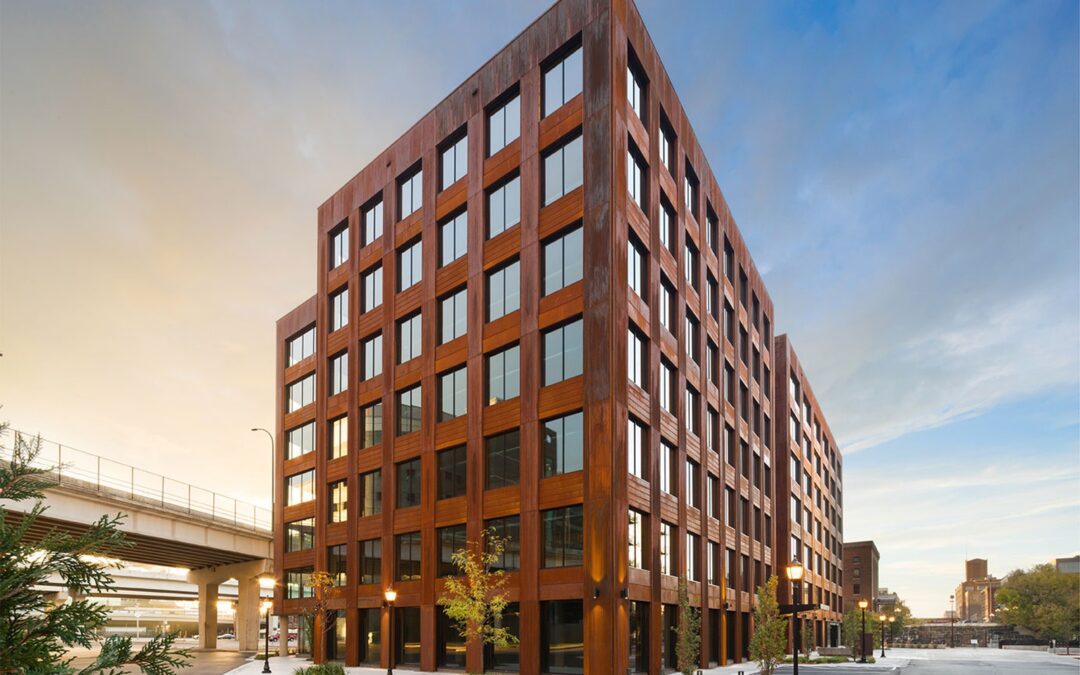
by Anthony Catsimatides | Mar 5, 2020 | Publishings
I wrote this article on mass timber technology in December of 2019, explaining what mass timber is and why it matters to us. As a relatively recent trend in the United States, both in new construction and large commercial project expansions, it has captured the attention of sustainable and green movers by storm because of the many touted features of green and sustainable potential of wood.
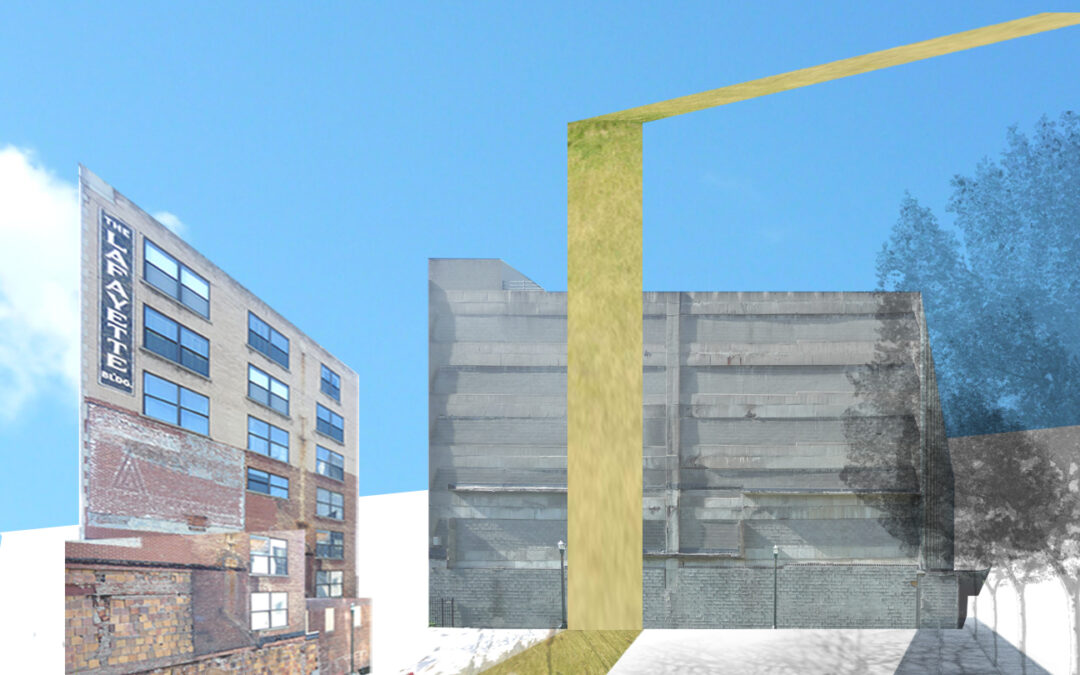
by Anthony Catsimatides | Apr 16, 2020 | Publishings
As part of our interest in re purposing structures that might have outlived their originally intended usefulness, this research project looked at upgrading an old parking garage to be able to serve multiple purposes, such as garden and garage or garden and retail potential given the nature of the relationship between the original structure and the neighborhood it is located in. The final project took the shape of a reshaping of the structure to enhance the environmental conditions of the immediate surroundings. The results showed that even a bare concrete structure has much potential when greening measures are incorporated into the overall strategy of an existing building. See the results of the research on “Living Wall” here.
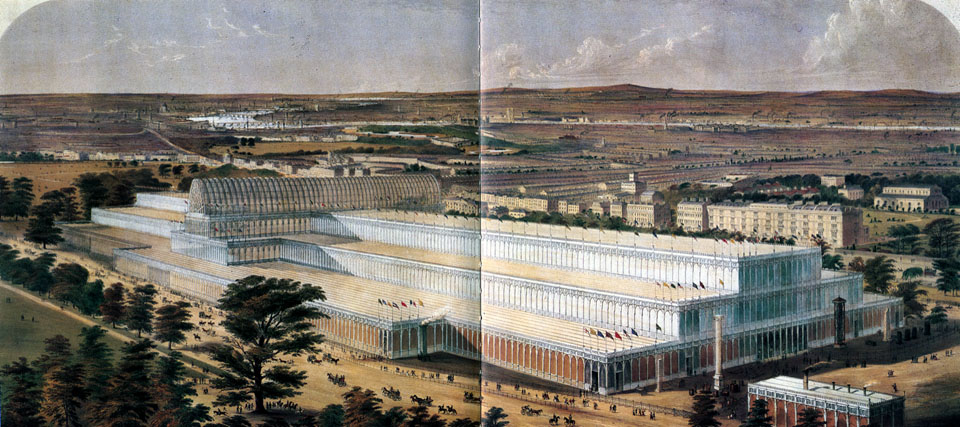
by Anthony Catsimatides | Apr 11, 2020 | Publishings
A short presentation I put together for a class in the history of glass and glazing as a primer to modern developments of glass used in architecture, Glass & Skins, A Brief History of Glass.
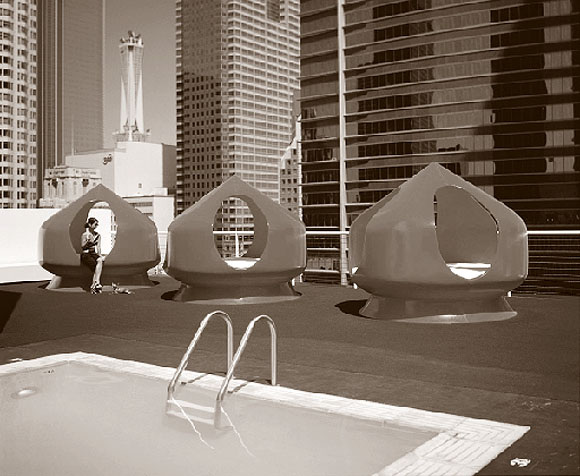
by Anthony Catsimatides | Apr 9, 2020 | Publishings
Historic Preservation typically considers the impact of historic works that reflect a time when certain trends and ideas dominated the world of design and thus worth saving. But what happens when historic preservation takes into consideration modern design, projects that were built in the early to mid twentieth century? I wrote this article at the behest of ArcCA Journal, and can be read by going to this link, on Preserving Modernism.





